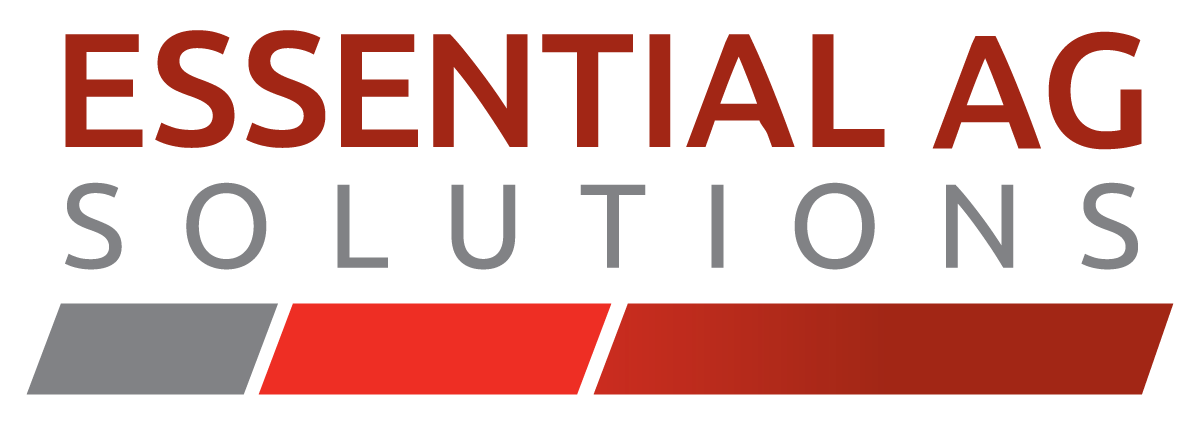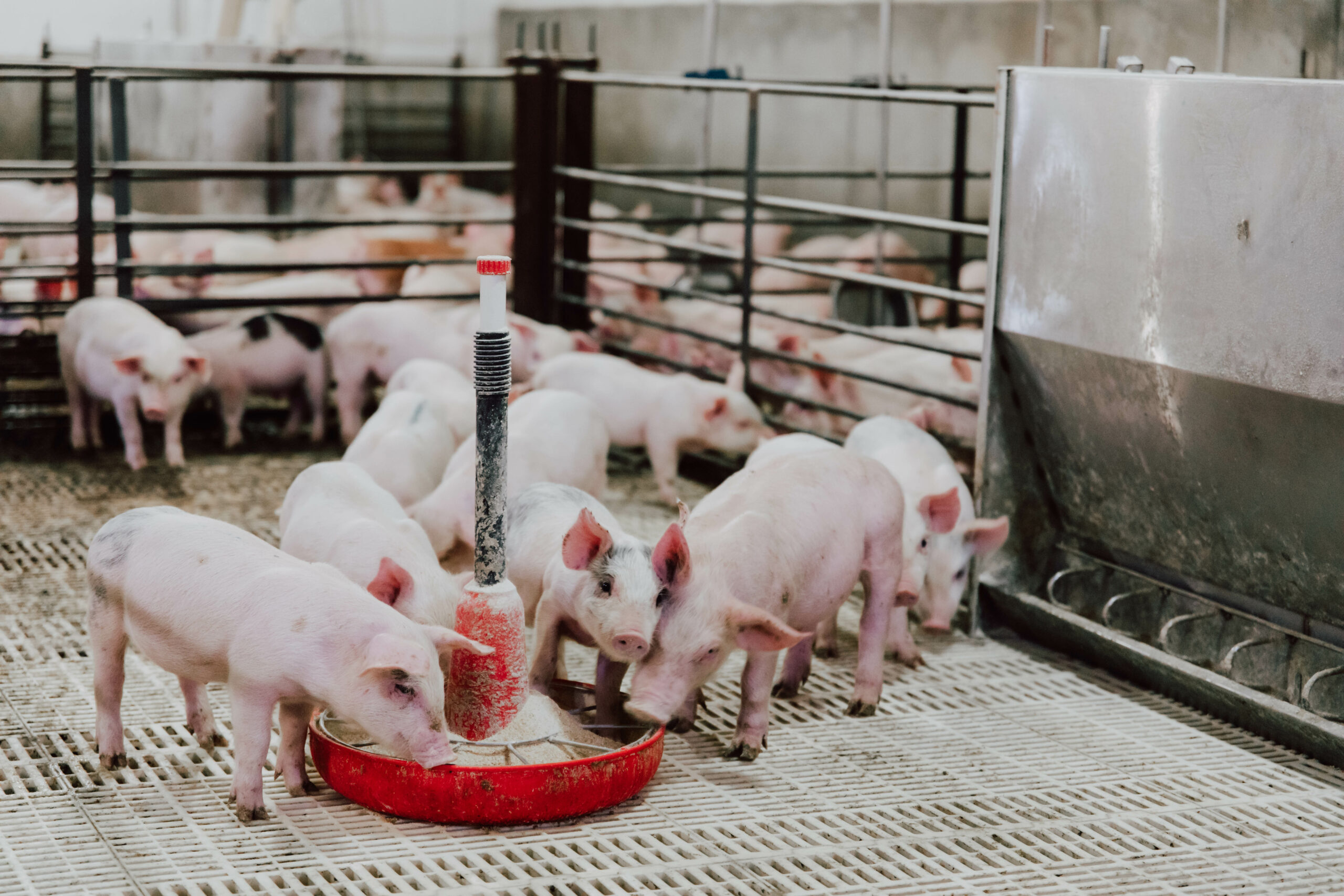Written by: Dr. Douglas Zaviezo & Ethan Groos
As we plan for another fall harvest, livestock producers need to be ready to deal with the possible mycotoxins in their crops. Mycotoxins are toxins produced by molds (fungi) that can accumulate in grains and pose health hazards to both humans and animals. According to feed experts, mycotoxins are estimated to affect 25% of the world’s crops and cost U.S. agriculture approximately $1 billion each year.
The last couple of years have seen a rise in mycotoxin issues throughout the U.S. Given this, we should not be surprised if 2023’s harvest brings similar reports of high concentration levels of mycotoxins in grains. In fact, mycotoxin concentrations have continued to grow incrementally year after year, so producers would be wise to be prepared for this yet also look at taking proactive steps to minimize the detrimental impacts.
If we know mycotoxin-related issues are inevitable, you may be asking, “How can we control mycotoxins?” Some on-farm practices, like screening grains, can help reduce toxin loads, while properly drying and storing grains can also help slow mold growth and keep toxins from forming more rapidly. However, none of these steps will fully be able to protect your animals from exposure to all mycotoxins. This is why incorporating Anti-Mycotoxin Additives (AMA) products into your livestock feed is a wise move to help guard your animals against occurrences of mycotoxicosis.
It is important to know that all AMA products commercially sold today contain some type of clay base. However, just like people, every clay is different, so knowing about and understanding these differences is key.
Complex Aluminosilicates
Clays are complex and widely diverse aluminosilicates with a variety of functional properties, but they are often grouped into a single category. This is very misleading since there are many different types of clay, all of which are completely different from one another. In fact, many types of clay do not bind to mycotoxins. Some can absorb water, while others can absorb ammonia, but only certain clays can adsorb mycotoxins. Not all clays that adsorb mycotoxins are equally effective in protecting animals against the toxic effects of mycotoxins. Furthermore, similar clays’ binding ability may vary from one geological deposit to another.
Besides their origin, formation, and structure, clays can also vary in chemical composition, surface acidity (pH), electrical charges (polarity), distribution of exchangeable cations, and porosity and expansibility characteristics. Despite all these differences, there is no significant correlation between any single physical or chemical property and the mycotoxin binding capacity of clays.
Evaluating Effectiveness
The effectiveness of a mycotoxin adsorbent is tested by conducting evaluations in vitro (in a laboratory) and in vivo (in animal experiments) to demonstrate a statistically significant response in preventing mycotoxicosis. The dosage of the adsorbent and the level of the mycotoxin used in these tests must always be reported. We utilize third-party lab analysis at Trilogy Labs in Washington, Missouri, for Essential Ag Solutions’ AMA products. Every 20 tons of our Protect-8 Plus product that gets produced has lab work done to ensure efficacy and consistency – something we have done for the past 11 years.
Purified Phylosilicates
In recent years, special proprietary processes have been developed to produce purified and activated phylosilicates with the objective of producing adsorbents capable of binding fusariotoxins, such as zearalenone, deoxynivalenol (DON), fumonisins, and T-2 toxin. After this process, the phylosilicates become very light, showing a much lower density and particle size than regular clays. These products have been effective when added to animal diets at a very low inclusion rate (1-3 lb/ton). One of the few purified phylosilicates is Protect-8 Plus, which has been scientifically proven to be efficacious in preventing the toxic effects of T-2 toxin in broiler chickens and turkeys, as well as fumonisin, zearalenone and deoxynivalenol in pigs.
Conclusion
Science has shown that clay-based products are the most effective mycotoxin adsorbents. However, it is important to remember that these products are diverse aluminosilicates with a variety of properties, and many types are not good at capturing mycotoxins. There is also no significant correlation between any single physical or chemical property and the mycotoxin binding capacity of clays. Therefore, any mycotoxin adsorbent’s effectiveness must be evaluated by conducting in vivo tests using a scientific experimental design that measures the product’s beneficial effects on animal performance and on the target organ(s) affected by the mycotoxin being studied. And, while aluminosilicates have been proven to be an effective tool in preventing mycotoxicosis in your animals, very few products are effective against more than one type of mycotoxin. Given this, doing your research and having an effective AMA product (or products) can be the difference between healthy and profitable animals and those that come with health-related challenges as a result of poor grains and feed.

